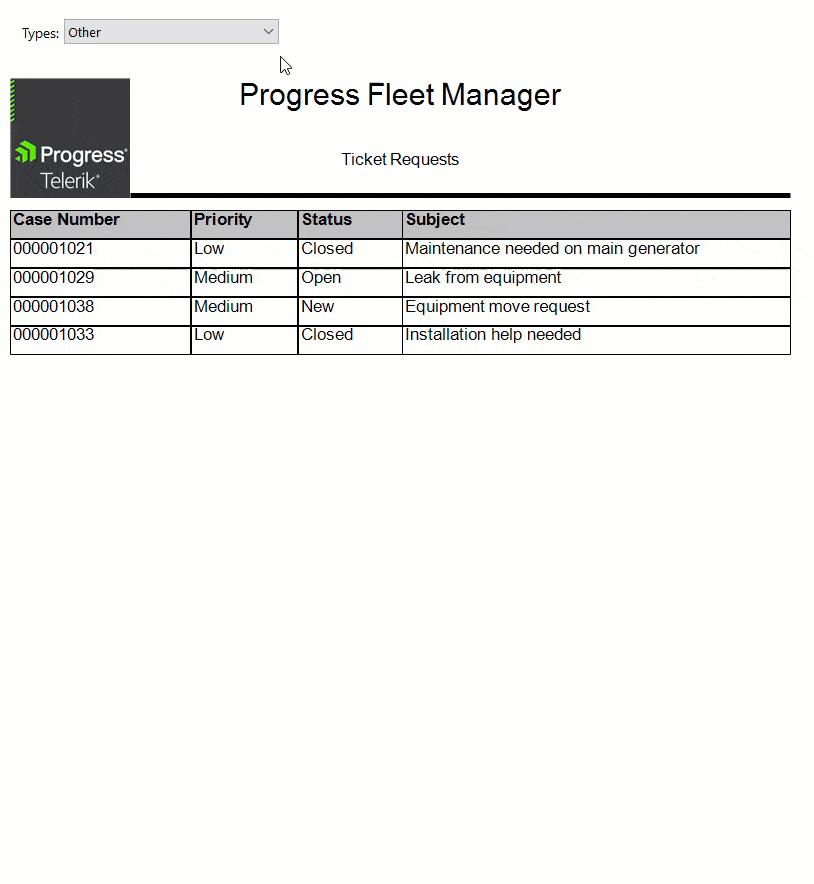

Here's the deal breaker, good professionals don't come cheap either. You can certainly build a backend just as easily but when you think of the level of reliability and uptime that's required to ensure that your users get the best possible experience, then you'd want to rely on professionals. Building a proper app with active services requires a backend as well and those don't come cheap. However, that's just the application on your mobile which counts as the front end.

Most folks tend to go with a backend-as-a-service or mobile-backend-as-a-service (Baas or mBaaS) which provides a cloud backend that's easy to get started with and to manage. Mandatory upgrade to TLS v1.2 for devices that use TLS v1.0.While most popular apps have a custom backend solution that is best optimized for that app, they don't all start that way. Create and configure user roles. Secure your app and control data access and sharing.
Kinvey is a high-productivity serverless application development platform that provides developers tools to build robust, multi-channel applications utilizing a cloud backend and front-end SDKs. Obviously, there are quite a few caveats to this approach but we're hoping that you're getting the message.Overview of Kinvey. Since most backends for applications run on some of the most popular services out there, it's very easy for folks to switch from one service to another and port all their information without breaking a sweat.
Then there’s the cost of running a BaaS, which works out to be much cheaper than building everything from scratch.Learn how to mobilize your APIs by configuring and using Kinvey’s RAPID REST Data Connector with API proxies configured in Apigee Edge. Getting a developer to build your custom backend can cost anywhere from INR 10-15 lakhs for a small operation to over INR 1 Crore for applications with ample amount of traction. You no longer have to spend ridiculous man-hours and resources in training talent when talent already exists. When you have a standardised backend environment, you can easily get developers who are comfortable using the services that are found with most BaaS. Aside from the convenience factor from a developer perspective there’s also the business side of things that you should consider.

And if you can’t, then your app has scaled to the level where you’d want to have a custom backend solution. That’s quite simple with a BaaS. As you go up the chain, you lose flexibility but the costs go down since we’re sharing the resources with other customers of the vendor(A server has multiple instances which could be sold to multiple customers).As you scale, you might want to streamline your application and get rid of unwanted services to lower cost. And if you have a bevy of modules such as the database, user authentication and social integration, to choose from, then that PaaS becomes a BaaS. If the platform is installed and scalability is taken care of, then that IaaS becomes a PaaS (Platform-as-a-Service). The server hardware would be obtained from an IaaS (Infrastructure-as-a-Service) provider.
An mBaaS or BaaS will simply not allow you to do this. Why would you not use a backend-as-a-service?If you’re hoping to have a streamlined product from the very beginning then you’d want to exercise a granular level of control on all aspects of your product, be it the frontend, middleware or the backend. Now let’s look at the other side of the coin.
Also, any BaaS will have certain SLAs (Service Level Agreements) which are focused on giving you a standard interface and level of security among other things. Since granular control and simple control are two opposite ends of the spectrum, there’s no way you can be given a granular level of control. You can call this “dumbing down” but that’s what it is.
And lastly, if there is a zero-day vulnerability that was discovered to affect an BaaS, then practically every single app built on that BaaS could be at risk.To summarise, you wouldn’t use a BaaS or mBaaS if you wish to:Not be locked in with a particular vendorNot be at risk of vulnerabilities affecting the BaaSHave more granular control over every single aspect of the backendNow that you’ve learnt the pros and cons of BaaS, let’s take a look at the most popular vendors in the segment. Not every vendor is gung-ho about using open source software and services to build their BaaS. Aside from that, a lot of vendors prefer to lock the user into the service by, let’s say, having software or services which are only available with that one particular vendor.
Progress Kinvey Code To Perform
A lot of Firebase’s functions are similar to Parse which was also a very popular BaaS. You are not required to have the user signed into a service in order to access data storage, so there’s the added flexibility. You can get started with Firebase right out of the box and you don’t need any additional code to perform simple authentication tasks which might be required to link to social media services of Google, Facebook, Twitter, Github, etc.
Progress Kinvey Free Usage Caps
CloudkitCloudkit is Apple’s BaaS which is primarily focused on the Apple Ecosystem, as is the case with practically everything that Apple makes. Asset storage space goes to 50 GB, realtime database storage to 2.5GB and you get 2 million requests/month.Integrations: Google Ads, AdMob, Google Marketing Platform, Play Store, Data Studio, BigQuery, Slack, Jira,PagerDutyEcosystems supported: Android, iOS and WebUsed by: Shazam, New York Times, Duolingo, Lyft, Venmo, Trivago, Alibaba, Wattpad 2. If this seems to be not enough, then there’s the Flame plan which starts at $25/month and increases your limits by a factor of 5-10 on most metrics. This way, you’re never going to be in for a shock. Firebase’s pricing structure is transparent and upfront with email alerts if you’re about to hit your free usage caps. Then there’s the analytics part which is quite flexible on its own and allows you to monitor a lot of user metrics.Like all BaaS, Firebase starts off with a free tier that allows 100 simultaneous connections, 10 GB of data transfer per month, 5 GB of asset storage, 1 GB of realtime database storage and 125K requests/month.
It requires the users to be signed in with iCloud and then you can allow persistent data storage for the user and even allow them to share content between users. It’s the service that you’d want to go with if iOS is the only ecosystem you’re going to be concerned with.


 0 kommentar(er)
0 kommentar(er)
